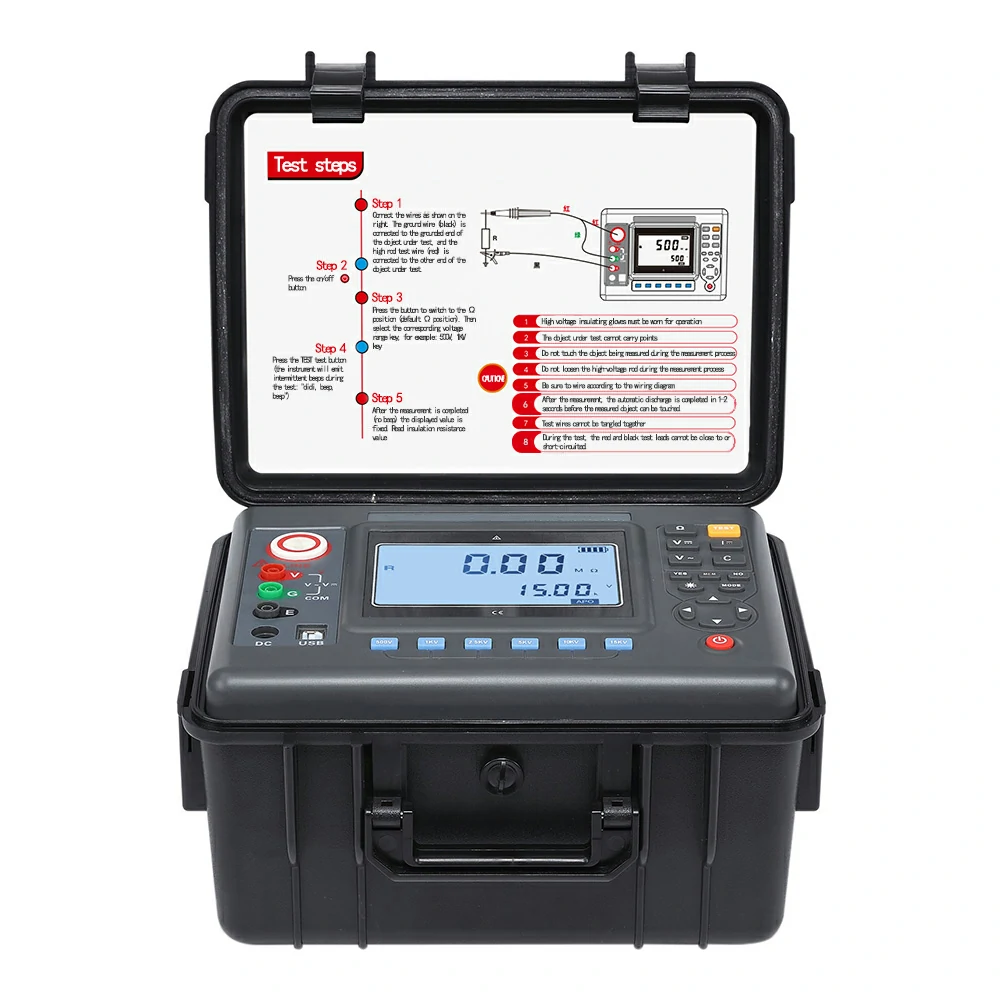In the industrial sector, ensuring the safety and reliability of electrical systems is of utmost importance. To achieve this, regular testing of transformers is essential. One crucial test is the high-potential (hipot) test, which checks the insulation integrity of transformers. In this blog post, we will explore the significance of AC/DC hipot testers and provide a comprehensive guide to transformer hi-pot testing.
Understanding AC/DC Hipot Testers:

AC DC hipot tester are specialized instruments used to assess the insulation integrity of electrical equipment, including transformers. These testers apply high voltage to the device under test (DUT) to check for any potential insulation breakdown. By subjecting transformers to high-potential stress, technicians and engineers can ensure their safety and reliability.
The Importance of Transformer Hi Pot Tester Testing:
Insulation Integrity: Transformers rely on insulation materials to prevent electrical leakage and ensure proper functioning. Hi-pot testing helps identify any weaknesses or faults in the insulation, allowing for timely repairs or replacements. This ensures the longevity and reliability of transformers.
Safety Verification: Faulty insulation in transformers can lead to hazardous conditions, such as electric shocks, fires, or equipment failure. Hi-pot testing helps identify potential insulation breakdowns, minimizing the risk of accidents and ensuring a safe working environment.
Compliance with Standards: Hi-pot testing is often required to comply with industry standards, such as the International Electrotechnical Commission (IEC) or the Institute of Electrical and Electronics Engineers (IEEE). Adhering to these standards ensures that transformers meet the required safety and performance criteria.
Preventive Maintenance: Regular hi-pot testing allows for the early detection of insulation degradation, reducing the likelihood of unexpected failures. By addressing issues promptly, maintenance efforts can be optimized, minimizing downtime and associated costs.
Key Features and Benefits of AC/DC Hipot Testers:
Voltage Options: AC/DC hipot testers offer a range of voltage options to suit different testing requirements. They can generate both AC and DC voltages, allowing technicians to perform comprehensive tests on transformers.
Leakage Current Measurement: These testers can measure the leakage current flowing through the insulation during the hi-pot test. Monitoring this current helps identify any insulation weaknesses or defects.
Test Duration Control: AC/DC hipot testers provide the ability to control the duration of the test, allowing technicians to customize the testing process based on specific requirements.
Safety Features: Modern hipot testers come equipped with safety features, such as overvoltage protection, ground fault detection, and interlock systems. These features ensure the safety of technicians and prevent damage to the equipment under test.
Data Logging and Reporting: AC/DC hipot testers often have built-in data logging capabilities, allowing for the storage and analysis of test results. This facilitates documentation and reporting, ensuring compliance with standards and enabling traceability.
Regular hi-pot testing is crucial for ensuring the safety and reliability of transformers in industrial applications. AC DC hi pot tester play a vital role in assessing the insulation integrity of these devices. By subjecting transformers to high-potential stress, technicians and engineers can identify any insulation weaknesses or faults, ensuring the longevity and safety of electrical systems.